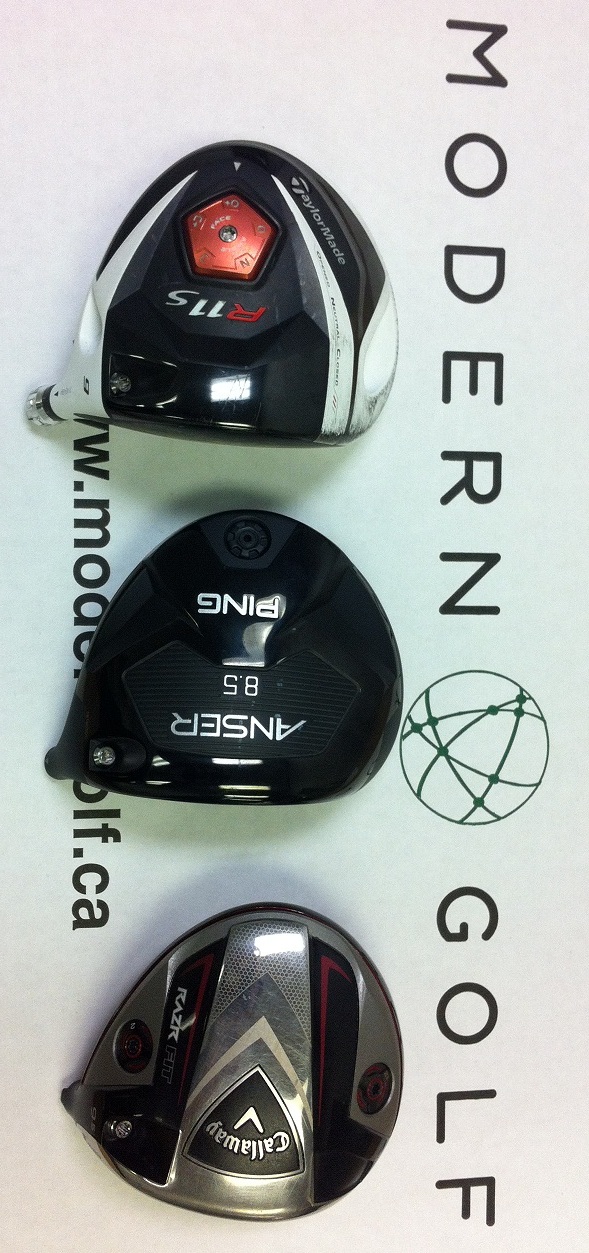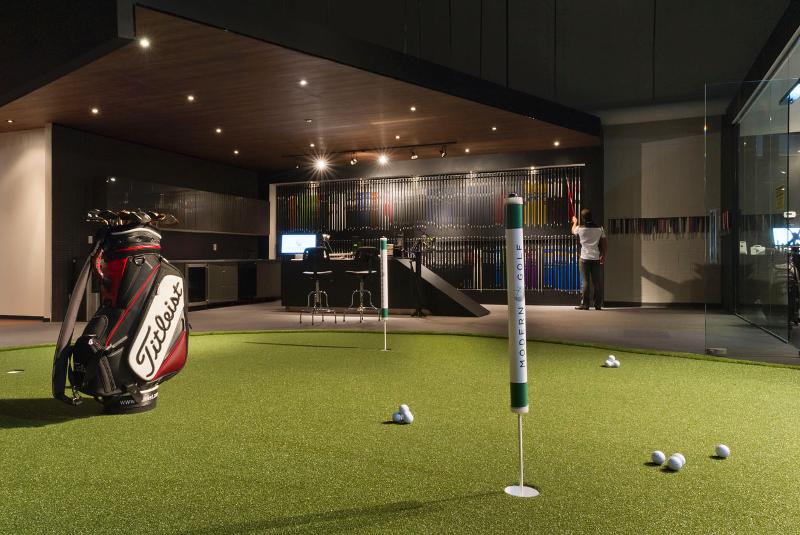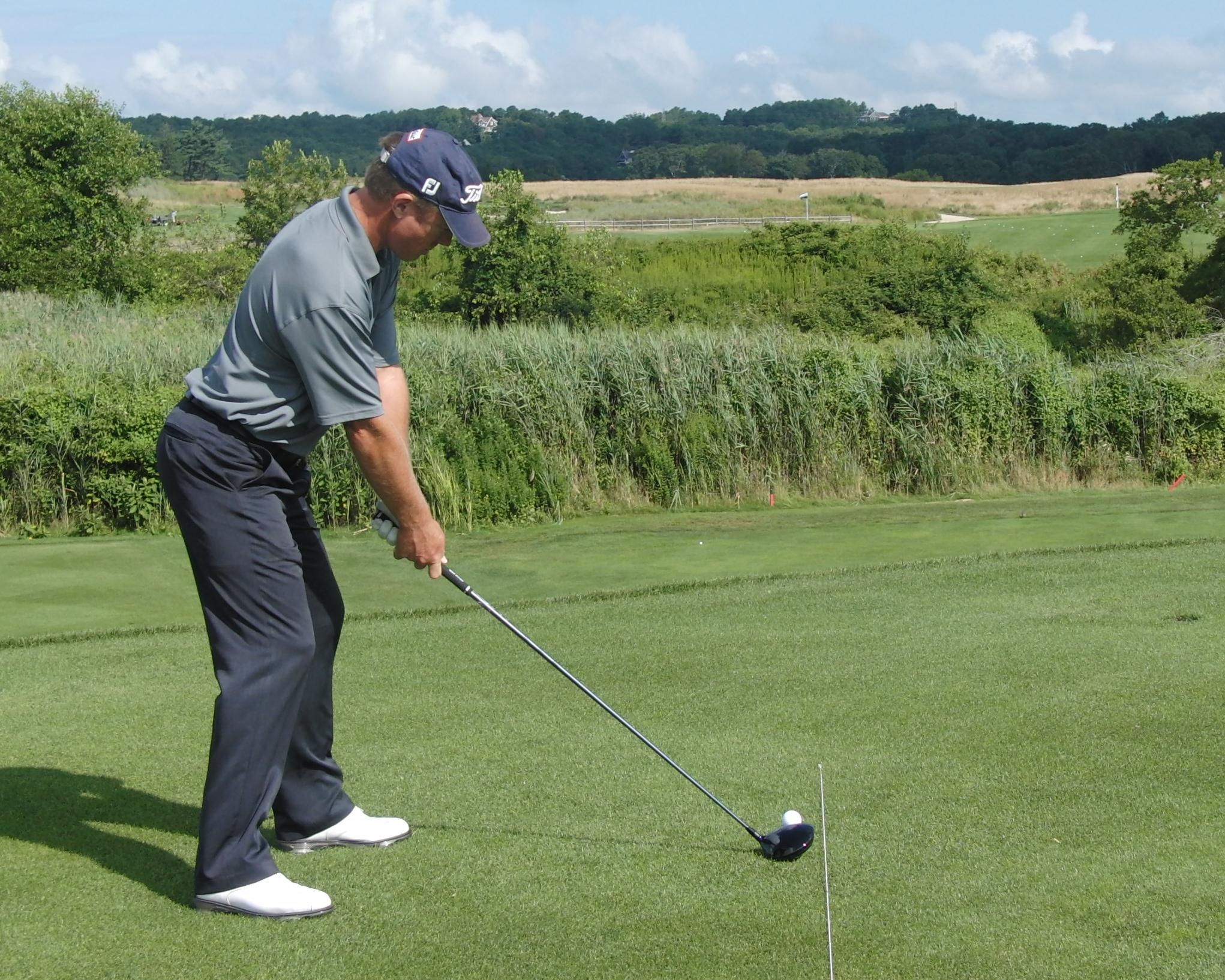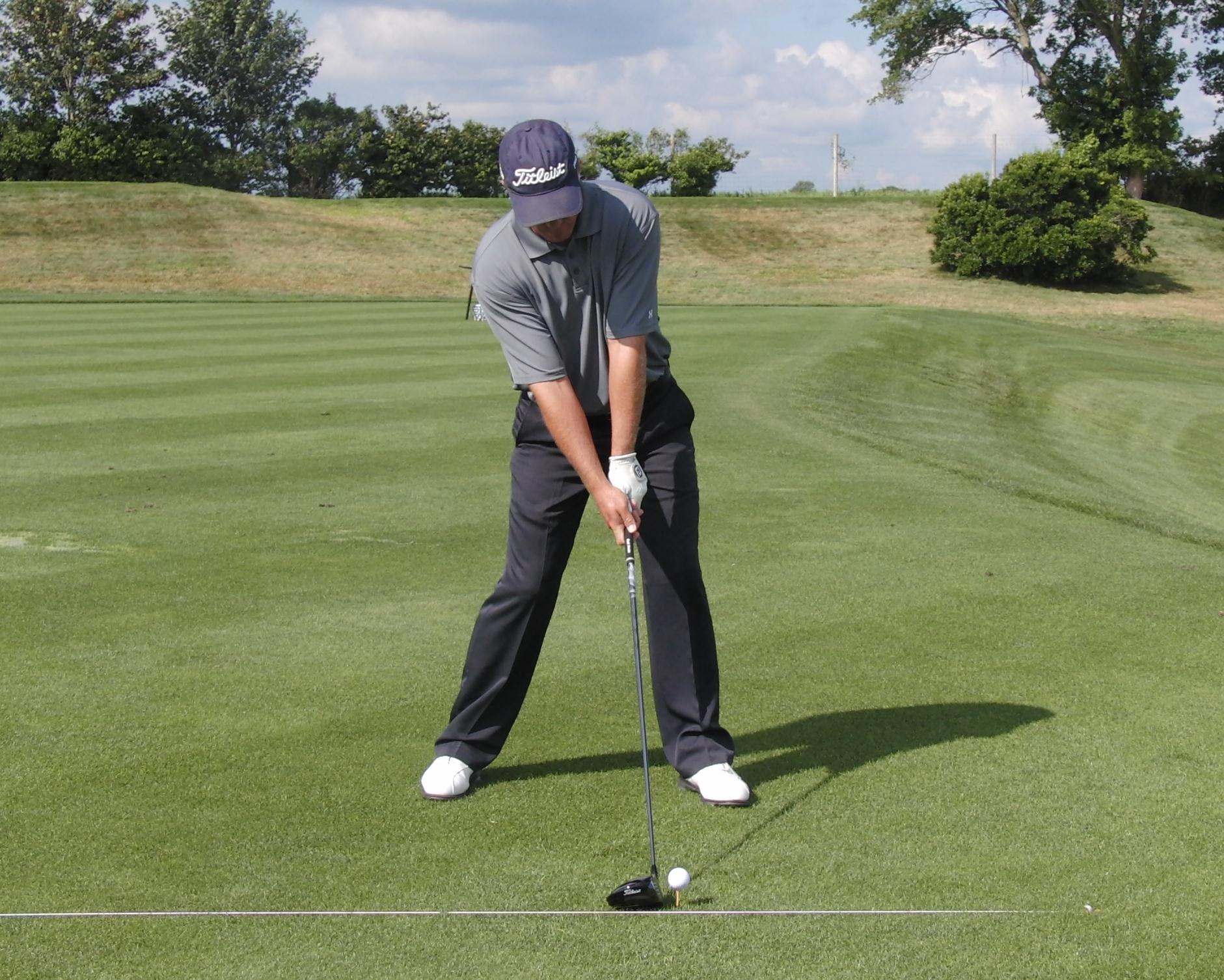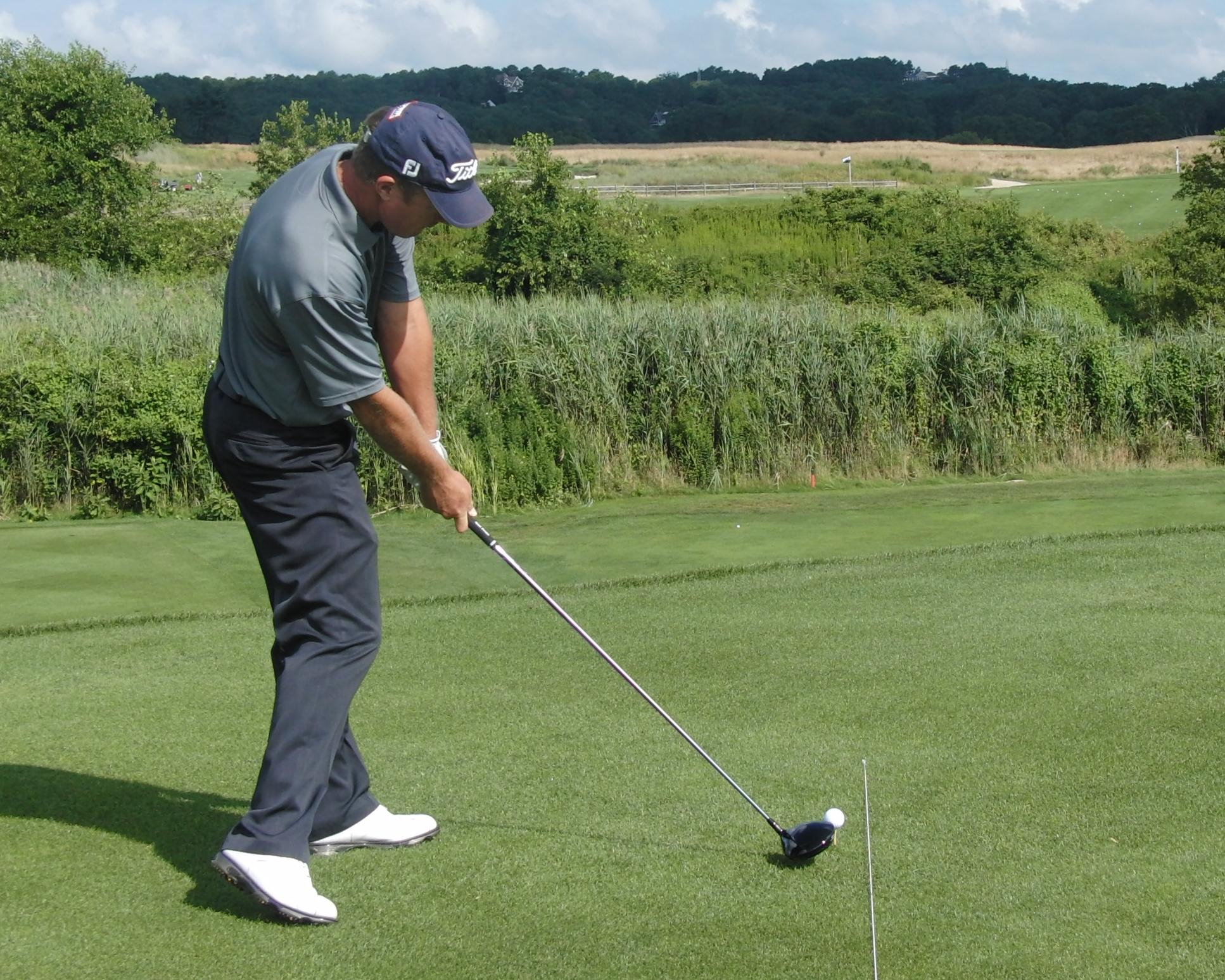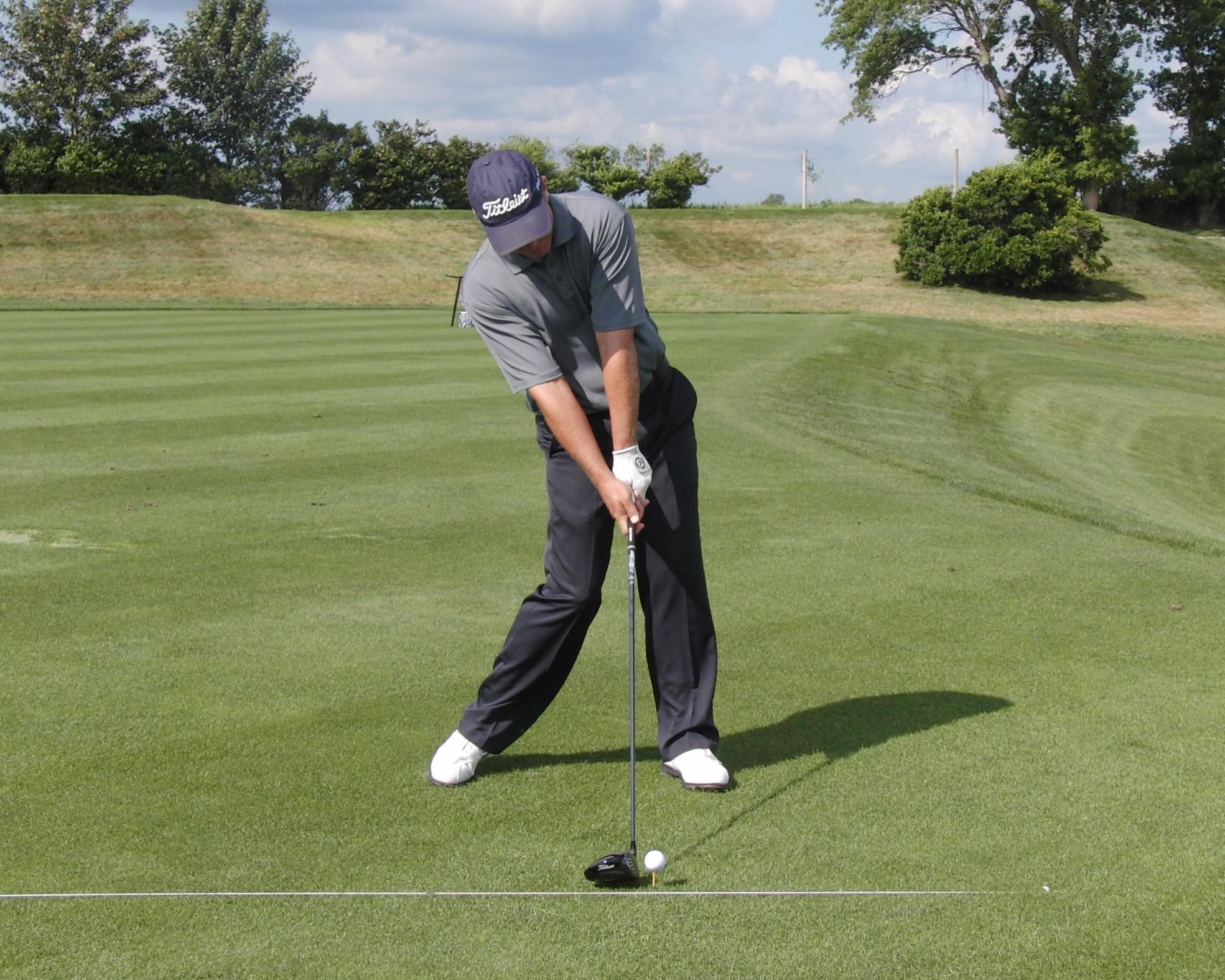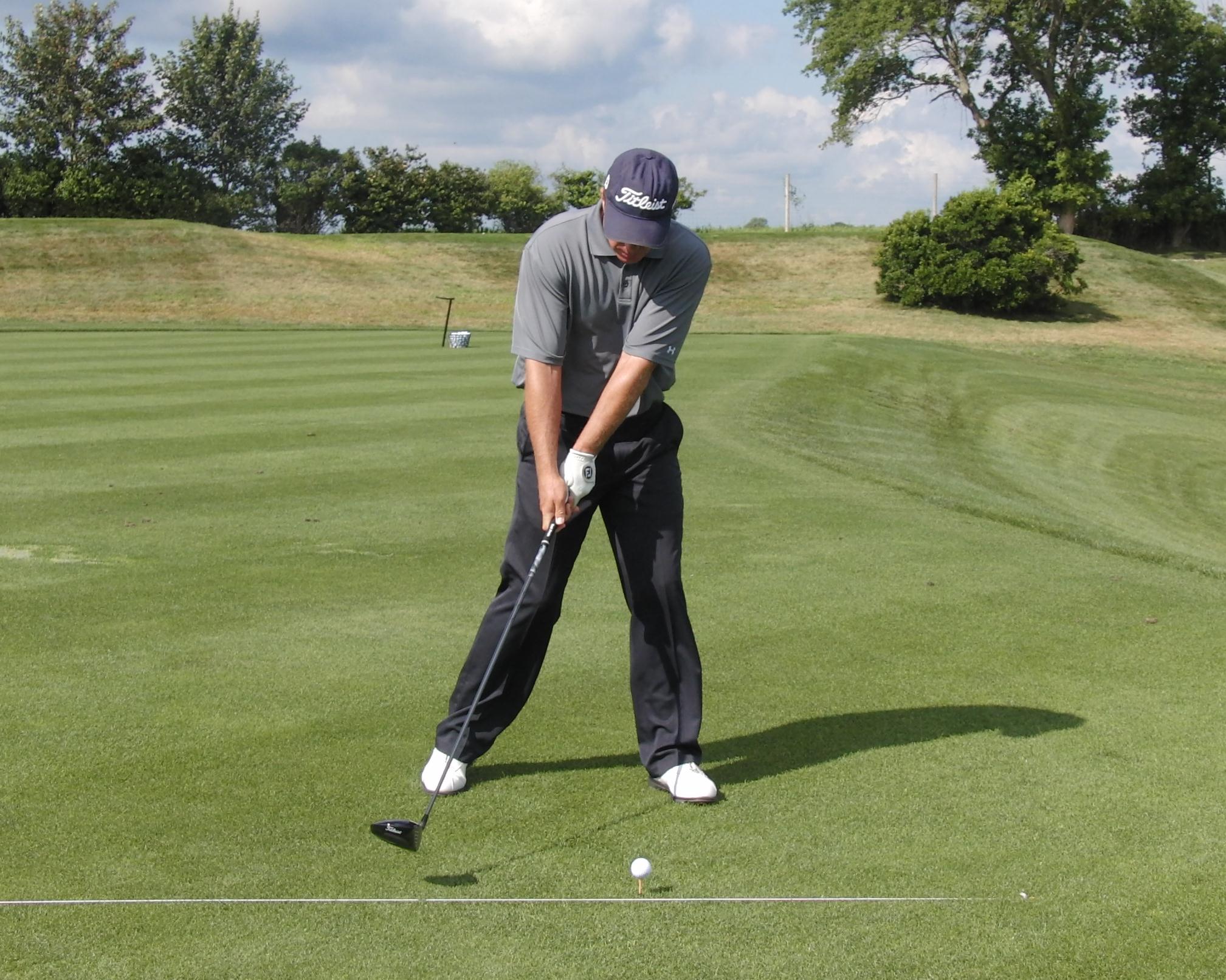Looking for a 'Low Spin' Driver?
/This summer I had the privilege of meeting expert club fitter Ian Fraser from Modern Golf in Toronto, Canada. Ian is the most knowledgeable and passionate fitter I had been around and before long I was peppering him with all my questions and concerns regarding equipment. One question that came up early in our discussions was spin rate off the driver. We both commented that it was far more common to encounter golfers with too much spin than too little and that led to my question, "Were there any drivers or shafts that stood out from the rest in their ability to reduce spin rates?" Remember that the optimal spin rate for just about all club speeds with the driver is somewhere between 1800-2200 rpm when supported by the correct launch angle.
With Ian's expertise I have compiled a list of the three commonly available drivers that currently do the best job at reducing spin. Keep in mind that that I said 'currently' in that, as with technology, this is a moving target and this list could change very soon.
- The TaylorMade R-11 S: this club is far better than the original R-11 which did very little in reducing spin. According to Ian the R-11 S also ranks right up there in ball speed - she's a hot one!
- The new Ping Anser: the newest of the three drivers, my testing shows that this may perhaps be the best at reducing spin.
- The Callaway Razr Fit: certainly the simplest, most classic looking of the three heads. This driver also received a nod from Ian regarding a hot face.
As a side note - the new Cobra AMP driver often came up in our discussions regarding both low spin and hot heads and it seemed to be a favorite among many of my students this summer. I would give it "honorable mention" status.
Obviously very soon after discussing low spinning heads I quickly turned to shafts to see what kind of help golfers could get in that department. Here are Ian's recommendations:
- The Fujikura Motore F1 in the heavier weight (65 gr or 75 gr)
- The Graphite Design Tour-AD BB - the blue bullet and that's about right
- The Aldila RIP Alpha
So if you're a golfer who has access to TrackMan or similar radar device and you know your spin rate with the big stick is too high look into one of the above combinations to get you a few welcome additional yards off the tee. And of course, should you be anywhere near Toronto look Ian up....you will not regret it!
Ian and the crew from Modern Golf will be visiting Berkeley Hall in January, so should you be interested in a fitting please contact me to schedule a time.


